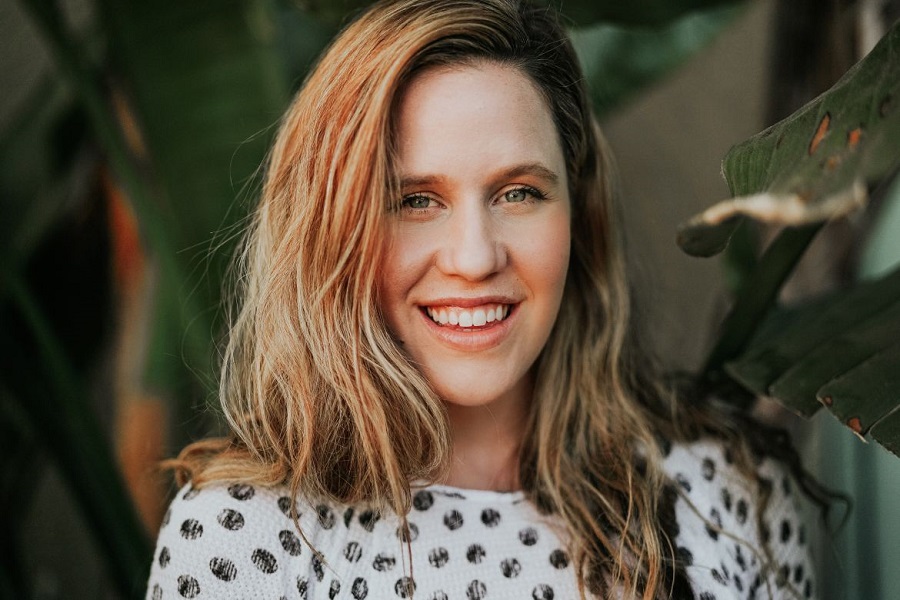Biological dentistry is not necessarily a new specialty in oral medicine. Instead, practicing dentists consider it a philosophy of always seeking the safest, least-toxic way to accomplish the mission of treatment and modern dentistry, all while treading as lightly as possible on the patient’s biological terrain for a more comprehensive, whole-picture approach to oral health and hygiene. Not everyone realizes that the well-being of the mouth and oral microbiome is a fundamental part of a person’s whole-health.
There are some key differences between traditional dentistry and biological dentistry because the purpose of biological dentistry is to reduce toxicity and exposure to harmful and biologically disruptive chemicals and toxins.
Dental Mercury
Since amalgam releases mercury in significant quantities, this contributes to measurable exposure in patients with fillings and the chronic exposure to mercury from amalgams in the mouth increases the risk of physiological harm. Biological dentists within the International Academy of Oral Medicine and Toxicology (IAOMT) group use scientifically verified procedures to reduce and minimize mercury exposure for the not only the protection of the patients but also for the dental office staff. Dental offices have also been identified as a top source of mercury pollution in water, so decreasing mercury utilization in dental practice will also help to reduce the environmental harm.
For more information regarding safe mercury amalgam removal, mercury amalgam alternatives, and other mercury-related facts visit the IAOMT.
Fluoride
Fluoride is perhaps one of the more controversial topics in general dentistry as mainstream public health science has not been able to definitively verify that water fluoridation is protective on children’s teeth. Yet, due to media coverage and public relations, there is an established widespread protective belief in the population. However, the IAOMT reports that harmful effects of fluoride accumulation in the body have been documented and are continuing to search for more scientific findings and regulations to decrease fluoride usage and exposure with safe alternatives.
For four simple steps to avoid fluoride in your daily life and other toxicity information, check out these fluoride facts from the IAOMT.
Root Canals
Another hot topic of controversy in dentistry is the root canal procedure. There is a concern of infectious microbes remaining within the dentinal tubule (2nd layer of a tooth) and whether or not the current techniques adequately disinfect the pocket AND keep them disinfected. If left to populate, the bacterial and fungal organisms can produce highly toxic waste that eventually diffuses into the bloodstream and causing patients to feel ill, but a root cause that is harder to identify if not thinking about the oral microbiome. These bacteria are anaerobic, which is why they can thrive under a root canal without oxygen exposure and they have the ability to instigate autoimmune disease-like reactions. With the research of Dr. Weston Price, he identified several different species of bacteria stemming from root canals and associating those infections with the development of chronic health conditions.
If you are a Twin Cities’ local, here are a few of the biological dentist we recommend that either staff or patients have personally visited:
Pure Dental, Amy Truog, DDS, AIAMOT
6230 10th St. N Suite 520
Oakdale, MN 55128
Sedation & Implant Dentistry, Karl Anderson, DDS, MS, NMD & Karl Petersen, DDS
1815 Suburban Avenue #200
St Paul, MN 55119
Tara Kaur, DDS PLLC
7701 York Avenue S Suite 140
Edina, MN 55435
Tooth by the Lake, Kari & John Seaverson, DDS
1401 Mainstreet
Hopkins, MN 55343
Resources:
International Academy of Oral Medicine and Toxicology


